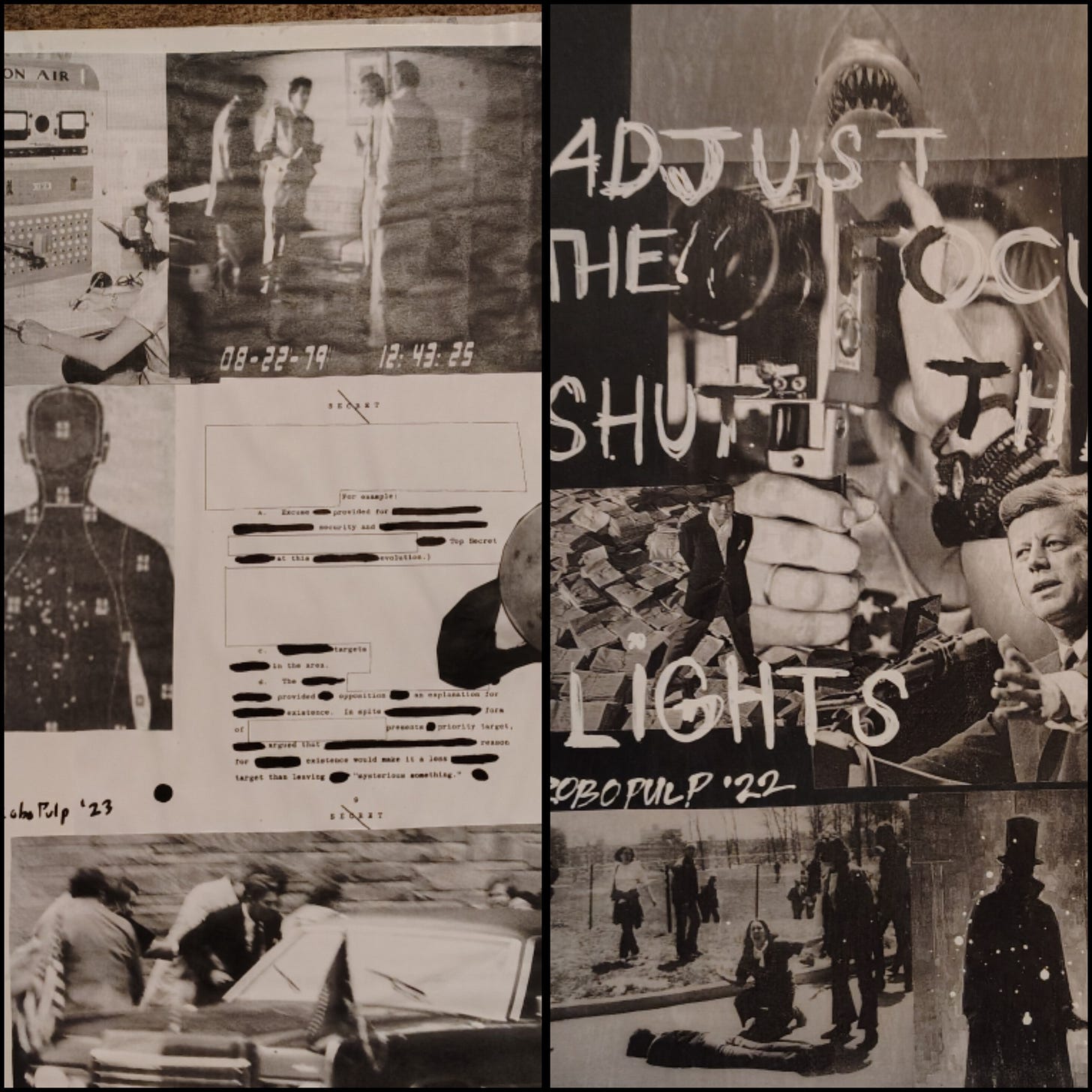I’d been practicing drawing for over a year, making significant progress near the middle of that one year-plus period, after an initial period of stagnation and little to no progress.
It culminated with the illustration I shared with you on the previous post.
My enthusiasm for the drawing studies lasted for that same arc of time, where in the final arc of that one year-plus period that enthusiasm began to wane.
I’d achieved a certain amount of artistic craft, but I still hadn’t made a comic book.
The idea of reaching out again for artists started creeping into my daily thoughts.
Why?
What was the point of investing so much time learning to draw, only to find myself thinking about reusing the tactics that hadn’t worked more than a year ago?
I didn’t entirely stop drawing, but I dialed down the daily practice.
I started paying attention to the motivators themselves.
Why was I doing this?
I love storytelling in all forms of media.
I love comics.
They are a form of storytelling and education as valid as books.
But books are mostly written by one person.
Comics are mostly collaborations between at least two creators, depending on the complexity of the project.
But when I consumed comics, I was digesting the totality of the book.
Artists begin as fans, then level up to students, and then graduate to practitioners.
You read the work of your favorite writers, then you begin to analyze it, dissect it, and experiment when you identify parts of it that deeply resonate with you.
You want to replicate the emotions this or that writer brings out of you. The feelings they evoke in you with their writing, you want to evoke those feelings from those that read what you write.
So at first you imitate, then you study and compare against other writers you love, and then you assemble a working method that combines your influences and the unique element that only you bring to the mix in a harmonious way.
And because writing is largely solitary and comics are largely collaborative, I could identify my writing influences in a way that I couldn’t with a comic book.
With this understanding I now could ask myself specific questions.
Why was I spending so much time drawing?
Because I wanted to make a comic book.
What did you want the comic book to look like?
What artistic guidance was I going to study to navigate me through this new landscape?
What were my artistic influences as a comic book artist?
I needed artistic anchors to combine writing with images in a way that told a story effectively.
I’d invested time identifying and studying the work of my favorite writers, but I’d neglected applying the same process to this vital aspect of cartooning.
Without this specificity I could have tailored the time I’d invested drawing along a set of influences.
In part 1 of this series I mentioned the difference between pure artistry versus commercial artistry.
Pure artistry is fine art. Beautiful illustrations created by artists pursuing artistic perfection.
Commercial artistry is art created with the purpose of complimenting the marketing of a product or a service.
Commercial artistry can have elements of fine art, but not always.
Comics are made by creators who have varying levels of artistic skill, who adjust their skill to serve the art form of making comics.
The goal of a comic book is to entertain and/or educate.
If that goal is accomplished regardless of the quality of the art work, then fine art is not a requirement to make quality comics.
Having reasoned this to myself, I started over.
I read comics like a scientist.
The first read was for enjoyment.
If I loved it, I’d read it a second time with a critical eye.
How was I reacting to the artwork?
If the artists’ work moved me in a way that felt exciting, I’d imitate the artwork.
In this way, I isolated a handful of artists along a specific criteria:
They were writers and artists.
Their artwork had a loose and spontaneous feel. (Alex Ross was not on the list.)
Their work combined elements of science fiction and the thriller.
They worked in mixed media to create their comics.
Now my drawing practice had a guiding North Star that it was missing before.
I had identified my brand.
Though I didn’t call a brand at the time.
I called it a style.
A style of drawing based on limited time to create.
A style of creating that involved collage. (Which came from my fascination with fotonovelas. A way of making comics I’ll write about in the near future.)
My drawing studies took a detour to study collage.
I knew I would be mixing both disciplines soon.
I was abandoning tradition.
But I knew I had to do things this way.
Because I was not creating in a mechanical fashion.
I was compelled to do things in a certain way.
I was pursuing an obsession.
After a little more study I called this criteria RoboPulp.
And with that came the ideas for a story.
Of which I’ll tell you about on the next episode.
Till then, you can enjoy the results of some of my collage study sessions.


Wow, what a profound lesson you learned from your own journey to telling stories in these art forms! Reading first to enjoy then a second time to analyze is a great technique. And the collage looks super cool! Can’t wait to see more of your style and the stories you create!
This makes me think about how often we pursue a skill in isolation, forgetting the context and the function of that skill. Drawing for comics is markedly different from drawing for its own sake. I love that your style grew from limitations (time, medium, purpose) and not despite them.
Have a good week ahead Jay...